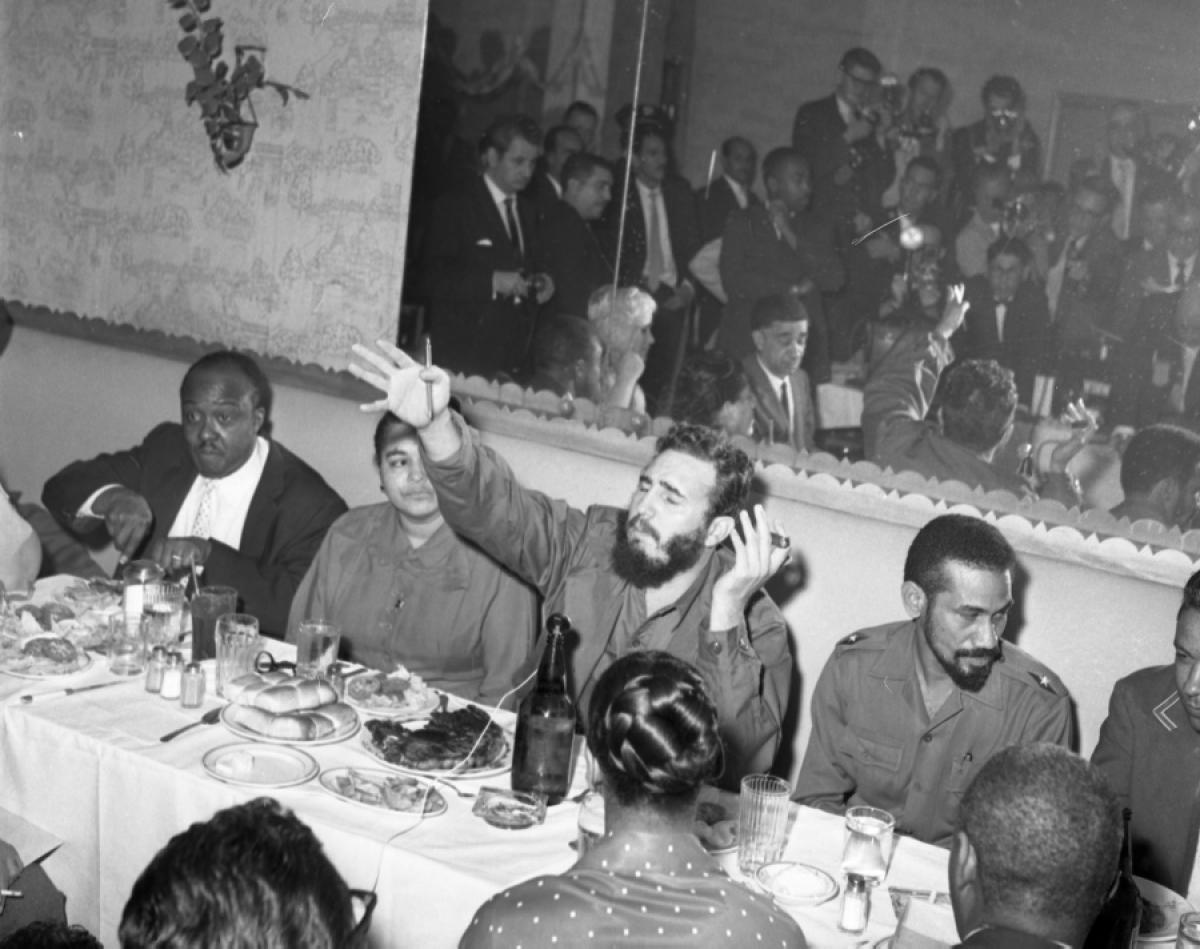Revolutionary Cuban leader Fidel Castro, aged 90, died on 25th November 2016.
While Cuba has declared nine days of national mourning, Cuban exiles, especially those in Miami, USA, seem to be in a celebratory mood. So, the answer to whether Fidel Castro’s death is good news or bad depends on whom you ask.
Apparently, US President Barack Obama has offered his condolences to Castro’s family, but President-elect Donald Trump has expressed joy over his death, calling it the end of suppression of the Cuban people. The statements issued by the two on this matter are extremely contradictory. But, really, who among us can claim to be surprised that Obama and Trump disagree?
Moving on from the reactions to Castro’s death, let’s talk about the man himself.
Who was Fidel Castro, really?
The problem with that question is that Fidel Castro cannot be summed up in a few words. To say that he was a revolutionary Cuban leader would be an injustice to the rich, dramatic tale his life was.
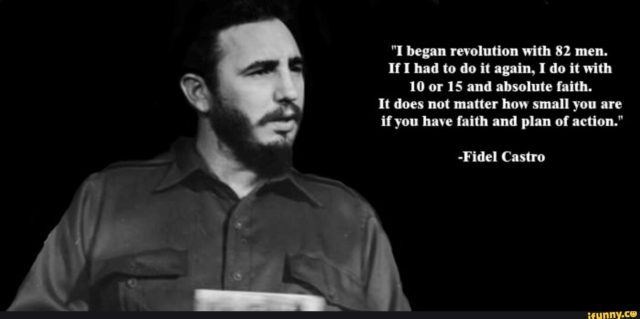
So, allow me to give you a brief ‘origins’ story of Castro’s life.
Studying law in the 40’s, Castro started off as a student politician who wanted to fight American imperialism as well as the violent gangster culture within Cuba. He was critical of President Ramon Grau’s notoriously corrupt government which he believed protected and nurtured the gang culture.
While he fought in rebellions against his own government and against American intervention, and championed these causes, he began to move to the extreme left, influenced by Marxism, with Karl Marx, Friedrish Engels, and Vladimir Lenin as his role models.
Castro began to see Cuba’s problems as not just the failings of corrupt politicians but as an integral part of the capitalist society he wished to overthrow. Thus began his interest in proletariat revolution, i.e., rebellion of the working class.
Also Read: Over 400 Institutions Are Named After The Gandhi Family: Is This Only A Gandhi/Nehru Nation?
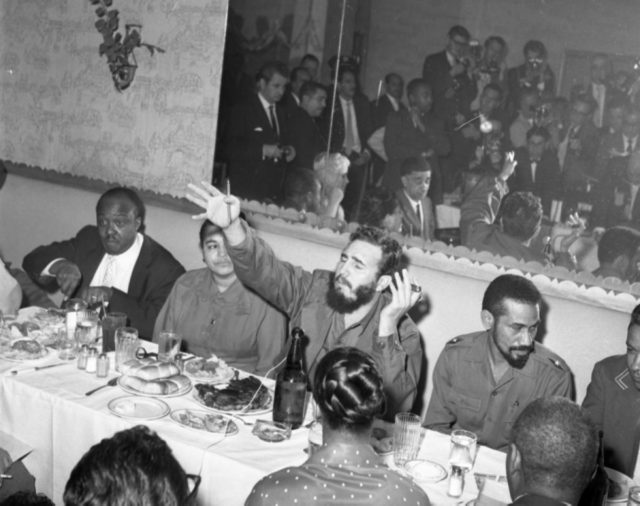
After successfully defeating Cuban dictator Fulgencio Batista, he ensured that the government implemented policies to cut down corruption and fight illiteracy, but also began efforts to ban political parties and create a socialist state.
In 1959, Castro was sworn in as Prime Minister of Cuba. He refused to officially categorize his regime as socialist and denied being a communist, but appointed Marxists to senior government and military positions.
Castro’s government emphasized social projects to improve healthcare, education and infrastructure – objectives at which it succeeded remarkably. Although he was popular with workers, peasants and students who constituted the majority of the population, the middle class – doctors, engineers, and other professionals – emigrated to Florida in the US, causing economic brain drain. Cuba’s financial reserves were drained within two years.
In the Cold War between the US and the Soviet Union, Castro supported the USSR, whose Marxist-Leninist views he shared. Castro rejected the need for elections, proclaiming the new administration a direct democracy – meaning Cubans could assemble at demonstrations to express their democratic will.
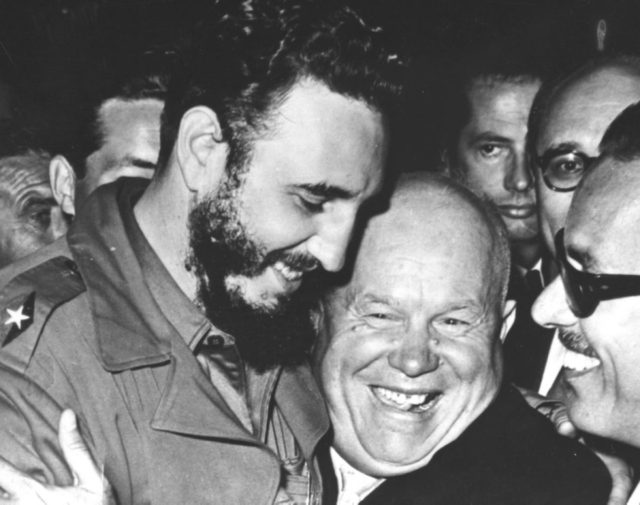
In the mid-60’s, Castro diverted from the Soviet-Marxist doctrine, suggesting that Cuban society could evolve to pure communism rather than progressing through the various stages of socialism. He refused to sign the Treaty on Non-Proliferation of Nuclear Weapons, declaring it a Soviet-US attempt to dominate the Third World.
Castro played a major role in the founding of the anti-imperial, anti-racist organization called the Non-Aligned Movement. He received high praise from leaders like Nelson Mandela for his actions against Apartheid.

His administration resulted in one of the most advanced healthcare systems in the world, and a largely well-educated and socially conscious population, but also a dying economy marked by severe shortages of essential goods and supplies. But, Castro refused to give up on socialism.
In 2006, he stepped down and handed over his Presidential responsibilities – which he had acquired in 1976 – to his brother Raul.
Even though Cuba went on to liberalize the economy and revive diplomatic ties with the US under Obama’s presidency, Fidel remained a proper communist till his last days.
In essence, Fidel Castro challenged the self-declared US monopoly over human existence. His most notable legacy to the world is, perhaps, the internationalist revolution – the idea of a purely democratic world order in which all of the Third World stands as a unified whole against imperialism and hegemony.
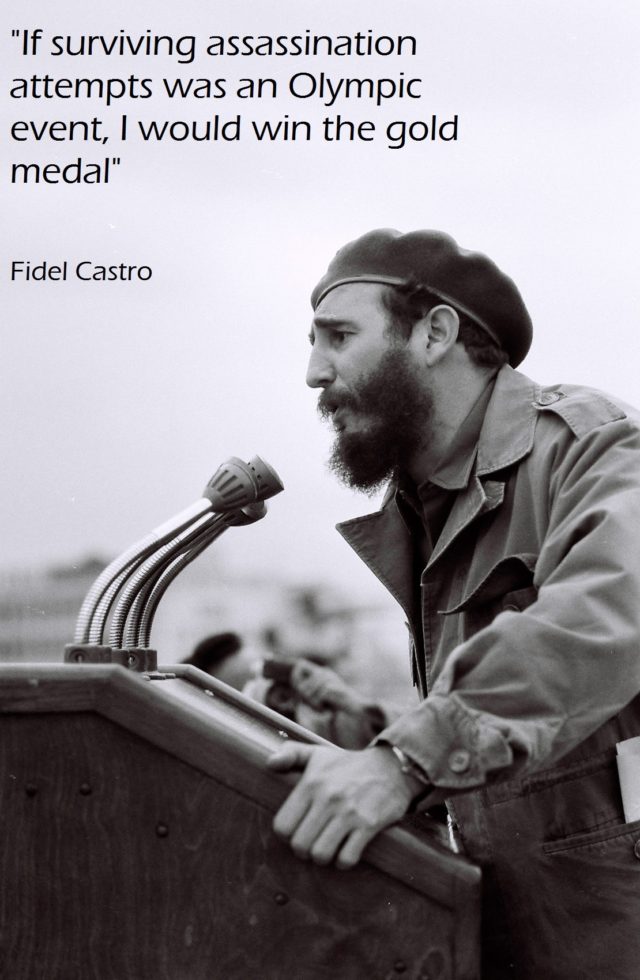
He lived an influential, revolutionary life which had a far-reaching impact on Third World politics. For all that, he deserves to be remembered.
For decades, Cuba has been led by Fidel Castro. Even when his brother Raul assumed power, Fidel was consulted on all important matters. So, what will happen to Cuba and Cuba-US ties in Fidel’s absence? In which direction will the country move now that their torch-bearer is gone?
I suppose we shall find out soon enough.
If you enjoyed this, you’d also like to read:

























